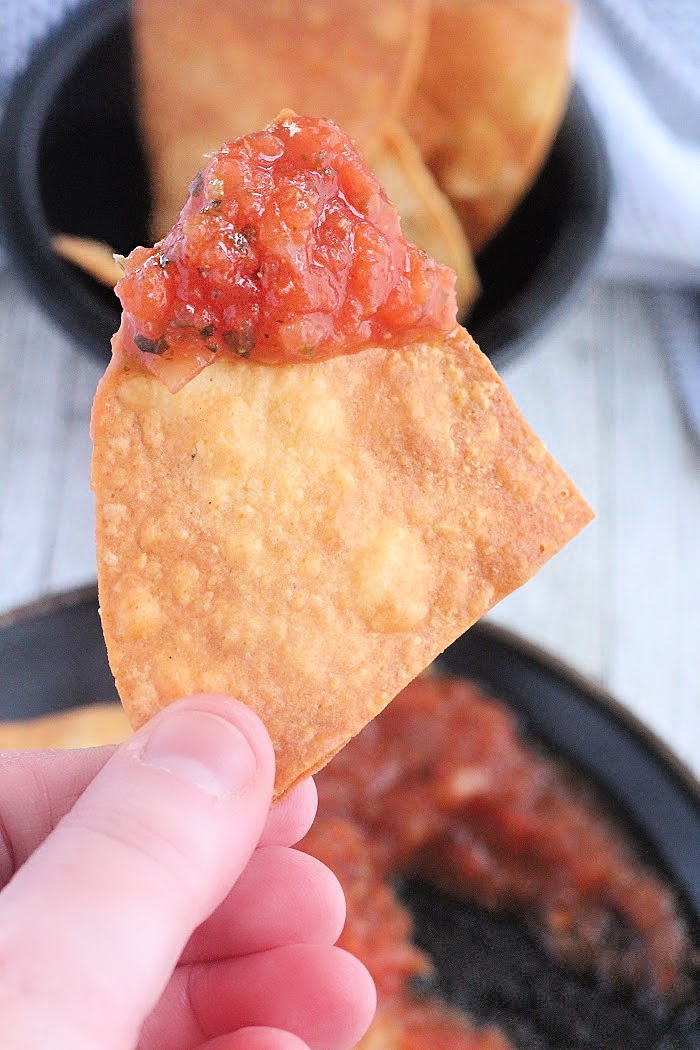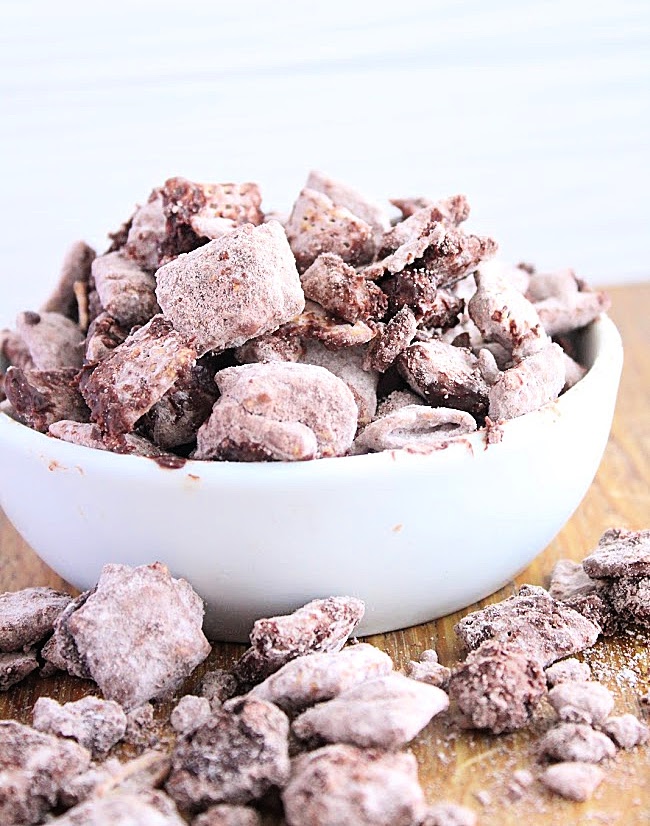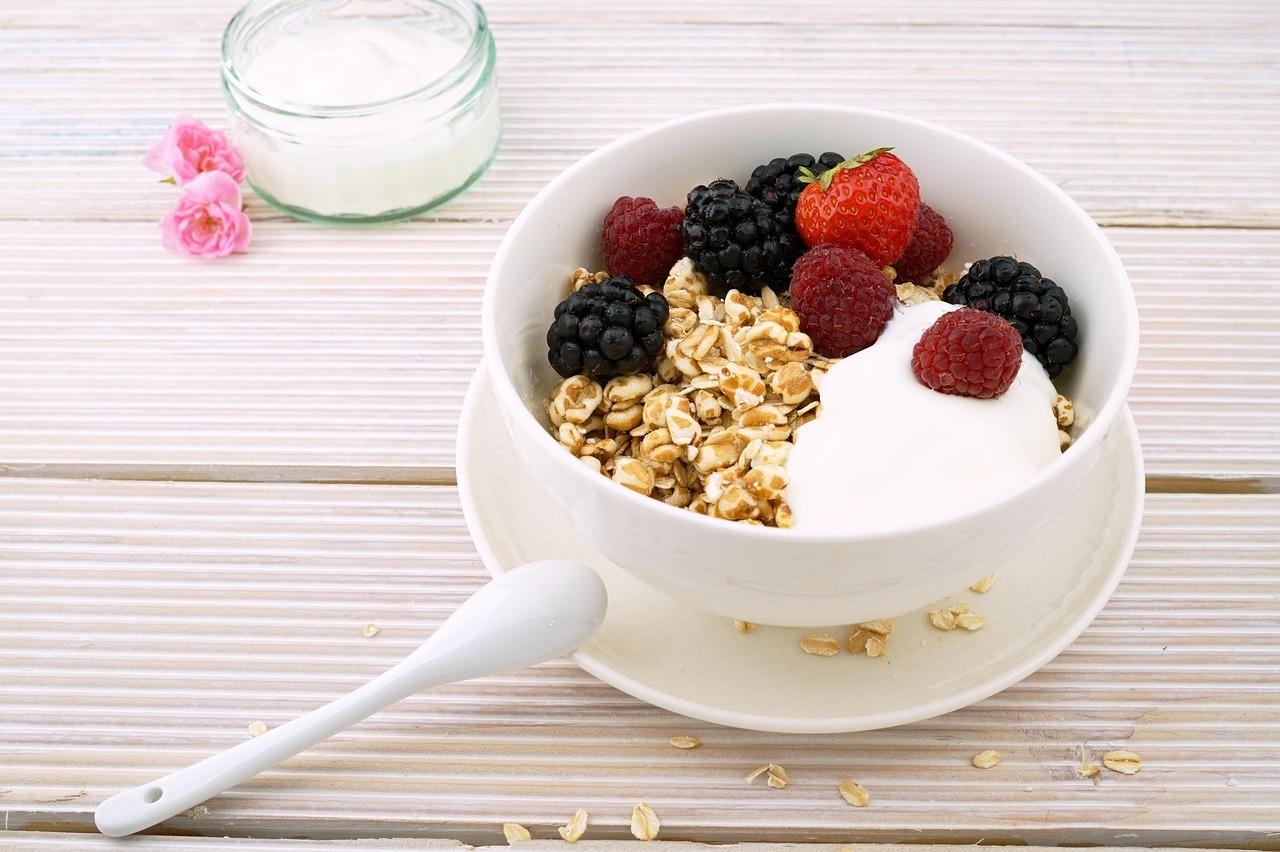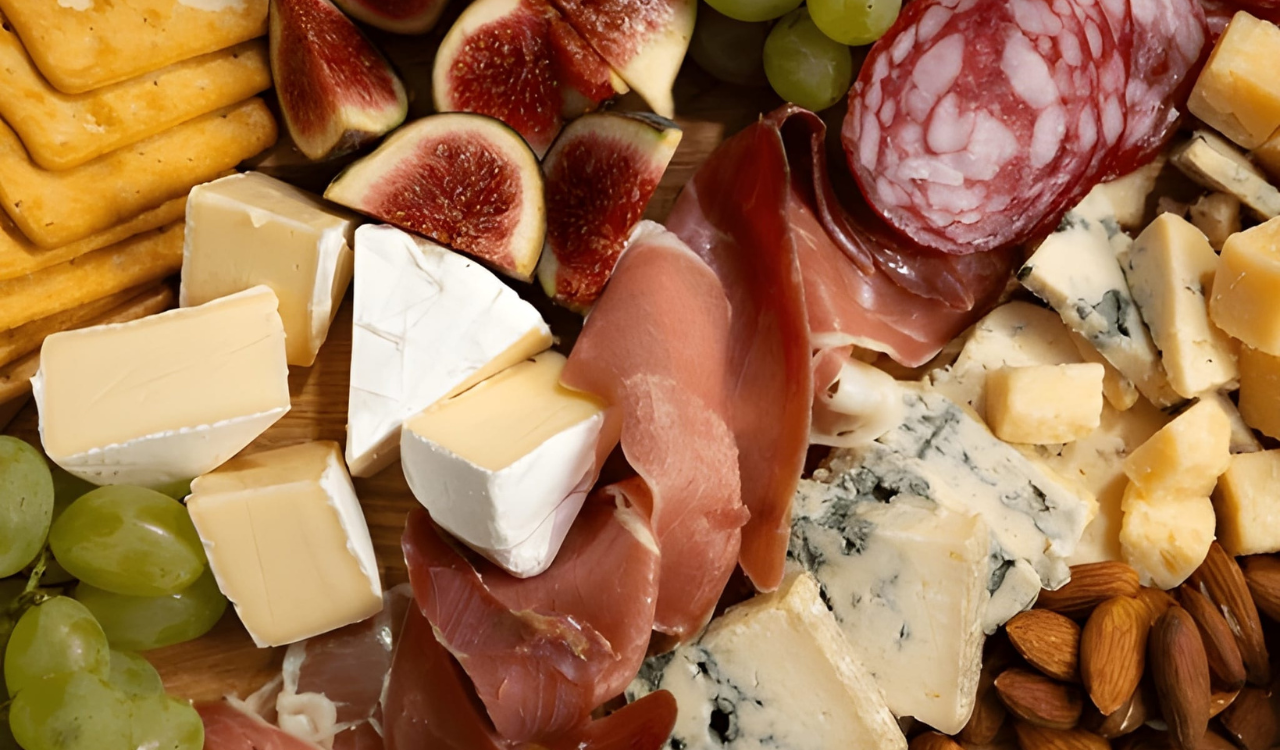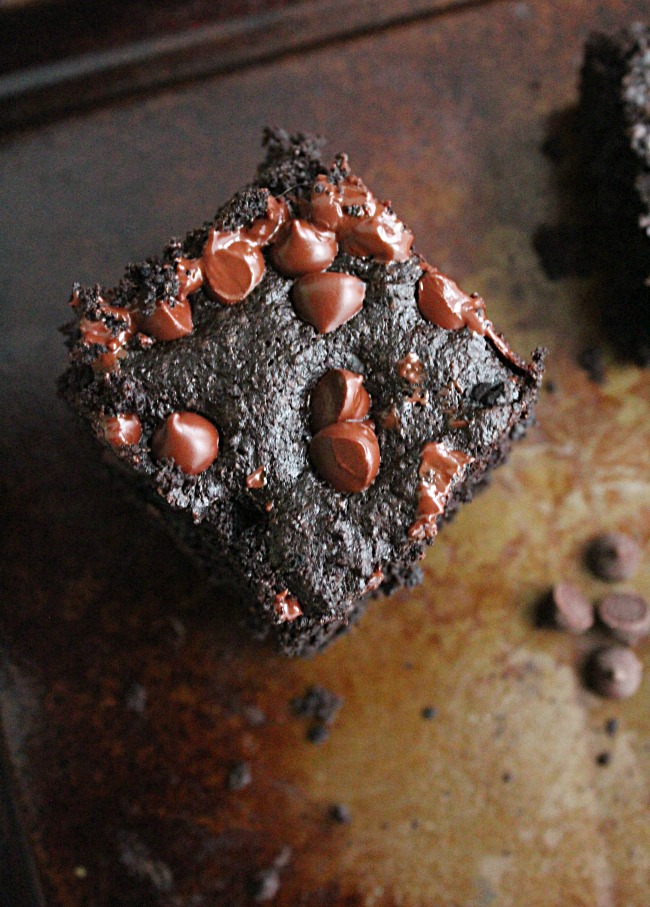10 Dishes Chefs Say To Skip At Restaurants
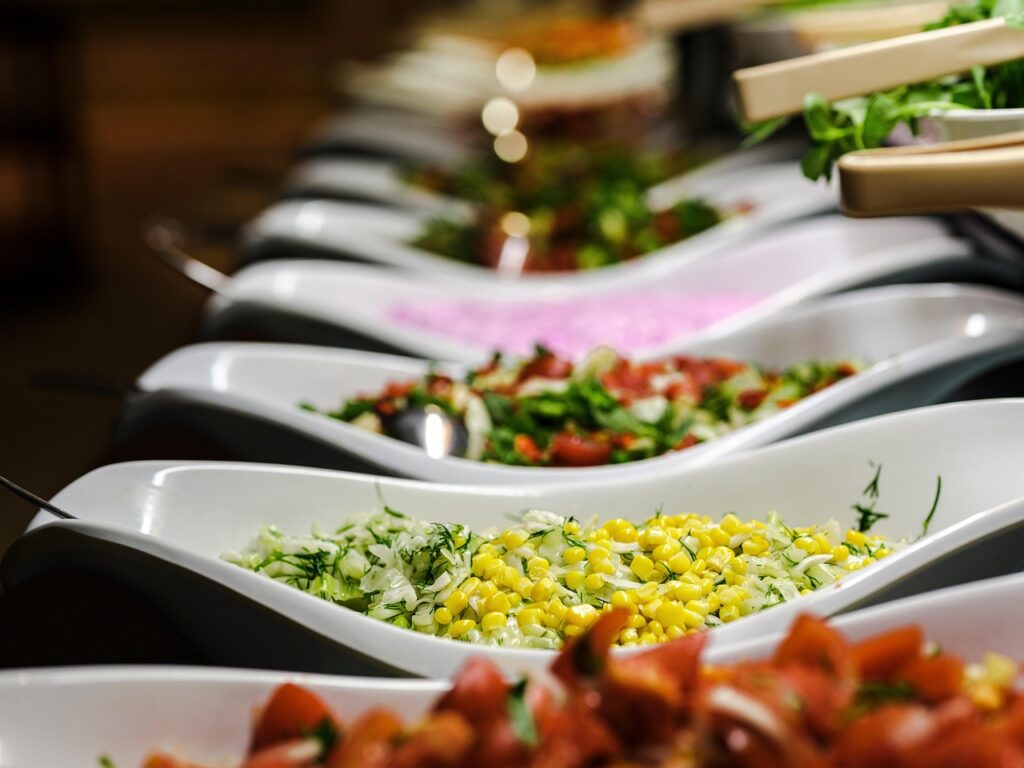
When you’re out at a restaurant, it’s tempting to stick with familiar dishes that sound safe and comforting. But according to chefs, some menu items are better left untouched. These aren’t just personal pet peeves—they often reflect how kitchens cut corners, rely on prepackaged ingredients, or struggle with execution. Knowing what to avoid can help you order smarter, enjoy fresher food, and spot the dishes that actually showcase a restaurant’s strengths.
1. Soup du Jour
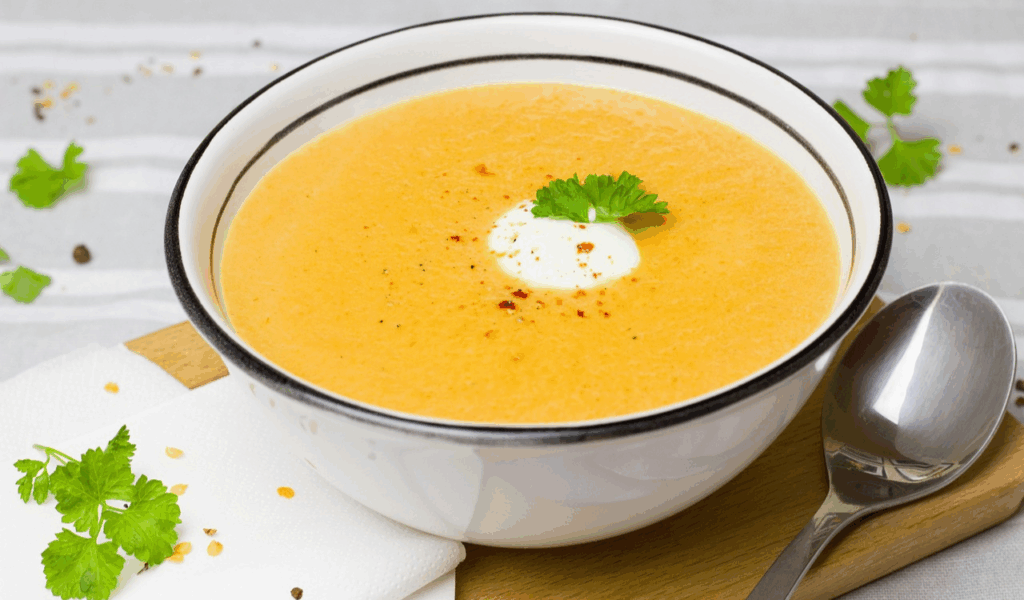
Think of the daily soup as a kitchen’s barometer: it tells you how seriously a restaurant treats stock and turnover. Chefs often skip it because soups are easy to stretch with water or pre-made bases, then held long in steam tables where flavor flattens and salt concentrates. Temperatures can be inconsistent, and proteins in the pot may be past peak. A truly good soup requires fresh stock, timely finishing, and appropriate reheating, traits many places reserve for signature dishes, not the daily ladle.
2. House Salad
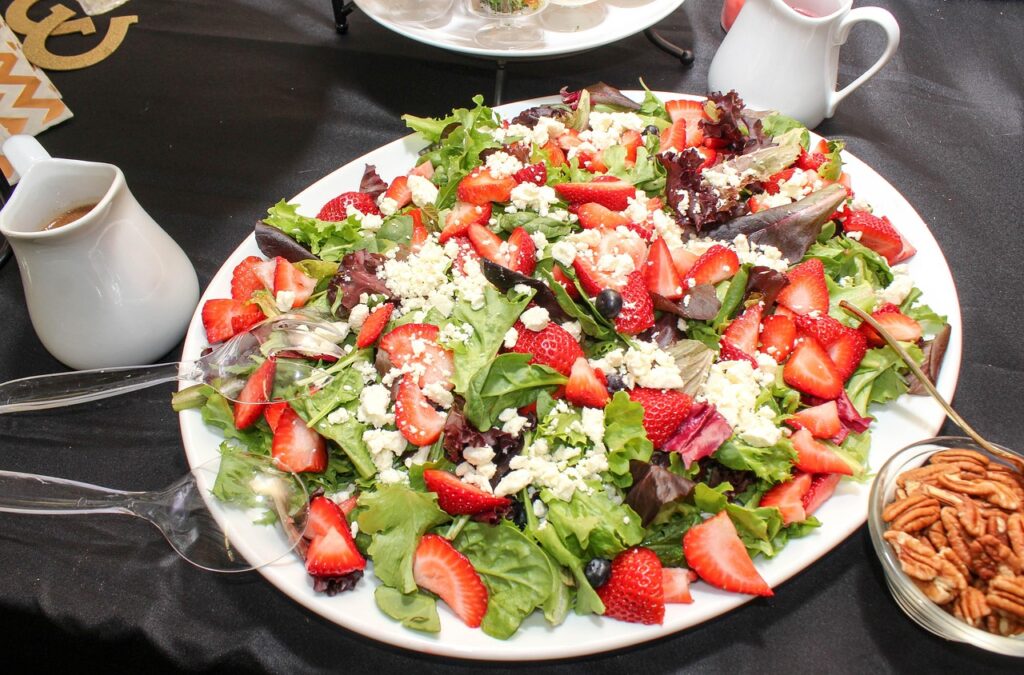
A house salad often shows whether a kitchen values freshness or convenience. Many restaurants rely on pre-washed bagged greens, bottled dressings, and pre-cut toppings to speed service; the result is limp leaves and one-note dressing. Chefs avoid ordering these because the margin is low yet the prep signals corner-cutting. A salad that tastes vibrant needs crisp greens, freshly made vinaigrette, and properly stored toppings. If those elements aren’t present, the salad becomes a safe-sounding but disappointing choice.
3. Biscuits as an Entrée

Biscuits are comfort food, but turning them into a main course exposes a kitchen’s limits. When served as an entrée, biscuits are often made from frozen dough or over-buttered mixes, yielding dense, greasy rounds rather than flaky pastry. They also mask whether a kitchen can balance a plate with sauce, vegetables, or protein. Chefs skip biscuits as a primary dish because the technique to produce light, layered biscuits is specific, and many restaurants short that step to save time and labor.
4. Forced Fusion Dishes
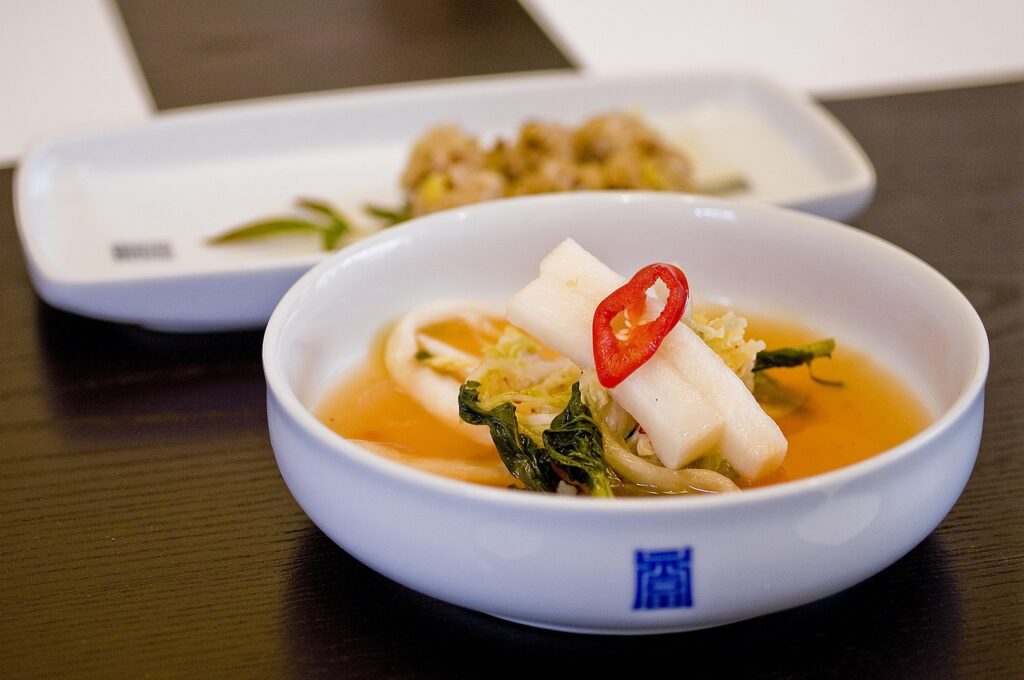
Creative mashups are exciting when executed thoughtfully, but forced fusion usually means the kitchen is chasing trends, not quality. Combining unrelated techniques or ingredients can result in muddled flavors and competing textures, rather than a coherent dish. Chefs advise caution because true fusion requires deep knowledge of both cuisines and careful balancing; without that, the dish becomes a gimmick. When a menu tries to be everything, it often does nothing particularly well.
5. Non-Specialist Fish Dishes
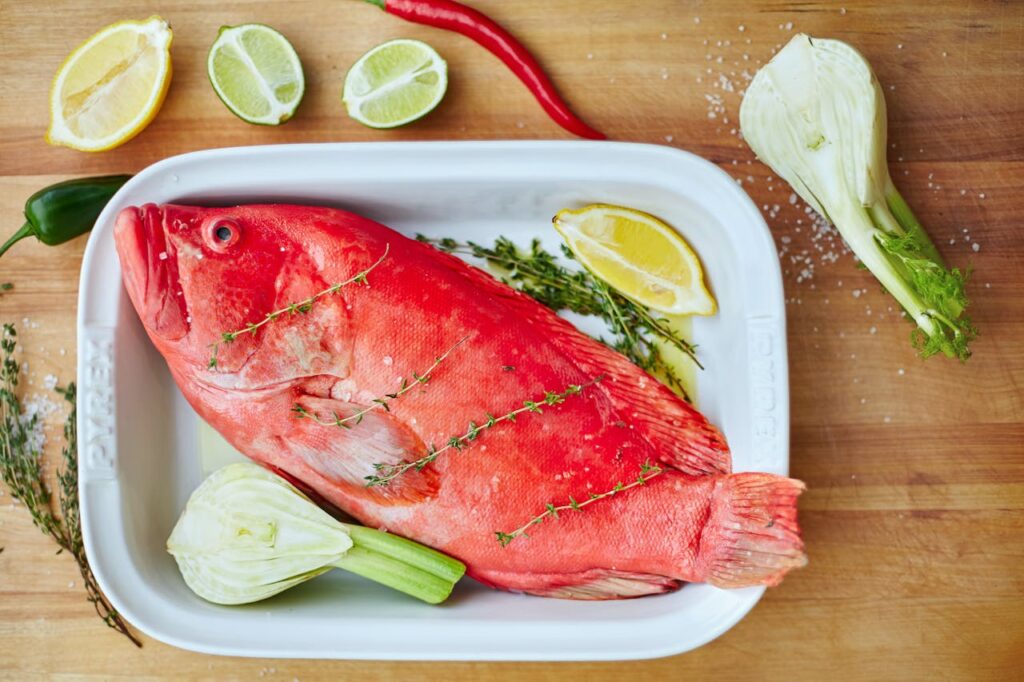
Fish is a trusted item that demands fresh sourcing and precise timing, so chefs avoid ordering it at restaurants that do not specialize in seafood. Fish that sits, is reheated, or was frozen and poorly thawed becomes dry, mushy, or fishy. Many kitchens lack the supply chain and the sharp timing needed for quality fillets, so farmed or overworked fish is common on general menus. If a place does not list seafood prominently, eat something else and save your trust for a seafood specialist.
6. Eggs Benedict
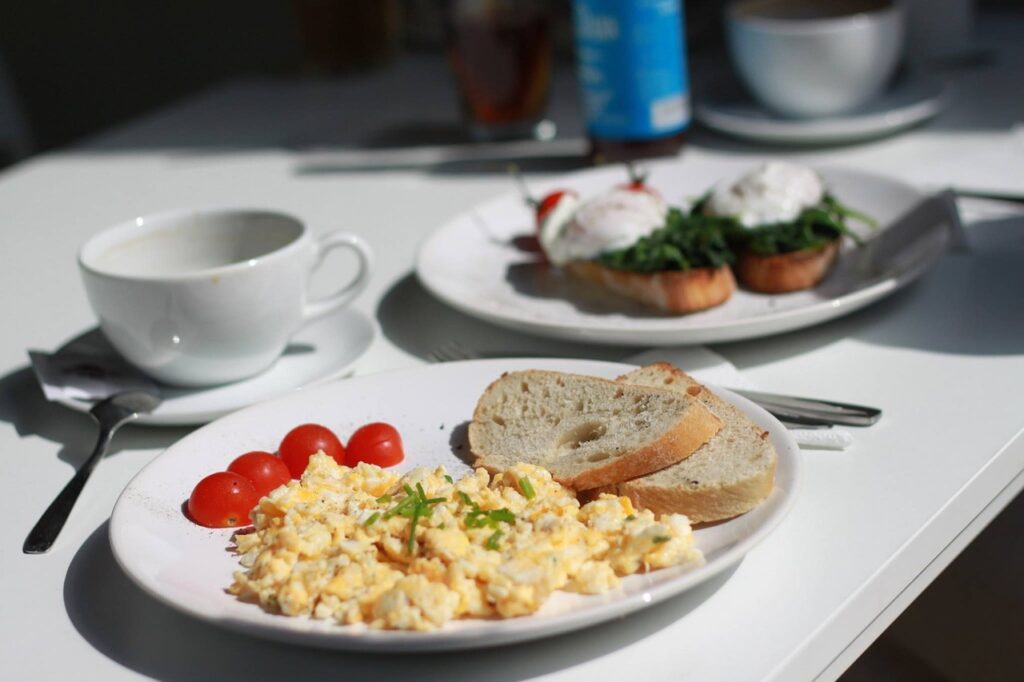
Eggs Benedict reveal a kitchen’s skill set quickly because hollandaise and perfectly poached eggs require timing and attention. Chefs often skip it because hollandaise is temperamental, difficult to hold without breaking, and time-consuming to make to order. Poached eggs need to be served immediately, or they turn rubbery. Many brunch spots use shortcuts that compromise texture and flavor. When a restaurant treats Eggs Benedict as a rush-hour filler, it usually shows in a limp sauce or overcooked yolk.
7. Trending or Viral Menu Items
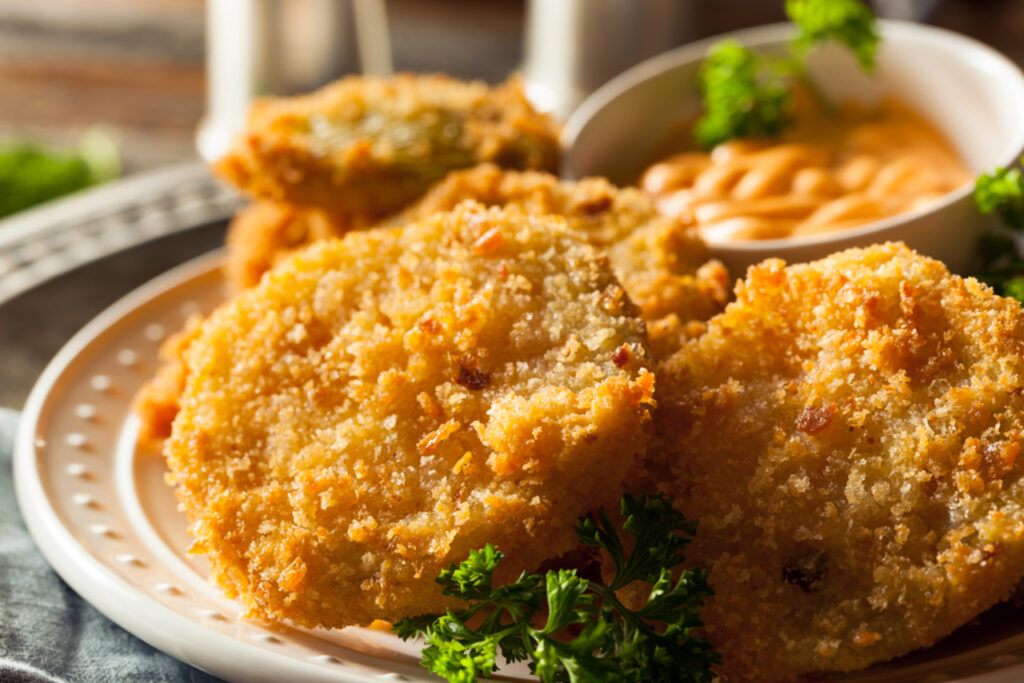
If a dish reads like a marketing stunt, chefs are skeptical. Viral foods and buzzy menu additions are often introduced to drive sales, not because they fit the kitchen’s strengths. That can mean unusual ingredients tossed together without harmony, or time-consuming prep that the line can’t sustain, resulting in inconsistent plates. Chefs prefer menus that play to the restaurant’s techniques; if something seems designed primarily to photograph well, the odds are it won’t taste as good as it looks.
8. Generic Salads and Dressings
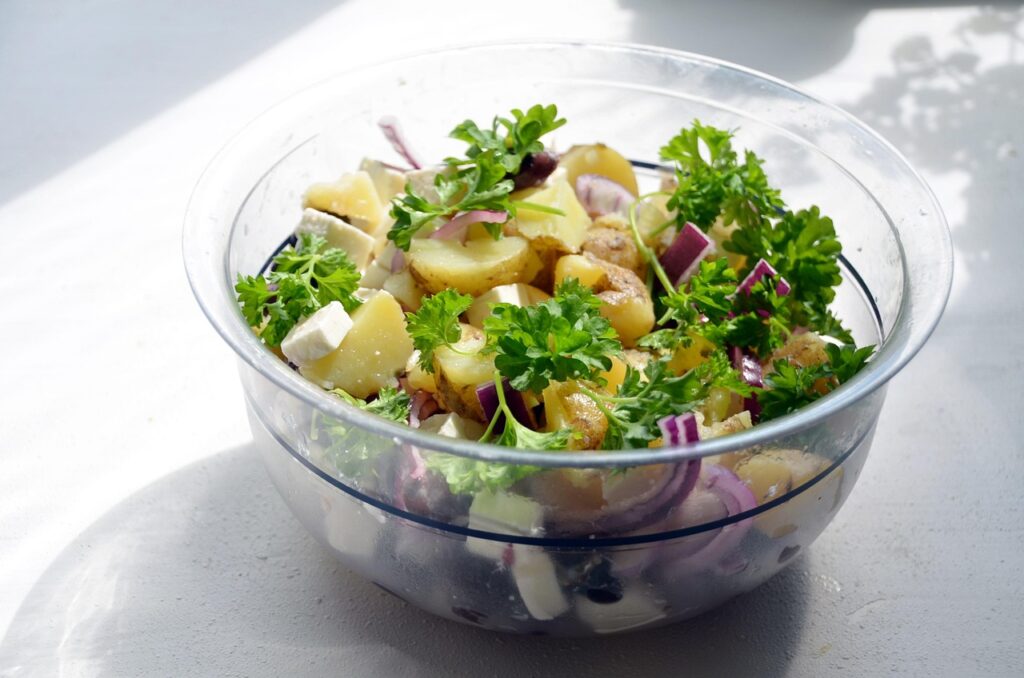
Beyond the house salad, many menu salads suffer from the same problem: premade dressings and low-quality toppings. Chefs avoid these because a salad’s success depends on timing and assembly; the greens must be crisp, the dressing made recently, and crunchy add-ins toasted, not soggy. Mass-produced components and long holding times degrade texture and amplify bitter or metallic flavors in lettuce. When vegetables are an afterthought, a salad becomes a missed opportunity rather than a deliberate course.
9. Plain Chicken Breast Dishes

A simple chicken breast is deceptively revealing; it requires correct brining, seasoning, and precise cooking to avoid dryness. Chefs often skip plain grilled or roasted chicken entrées at generalist restaurants because breasts are easy to overcook and slow to flavor if the kitchen isn’t set up to treat them properly. When a menu leans on bland chicken to fill plates, it frequently reflects shortcuts: excessive pounding, under-seasoning, or long-held heat lamps. Quality chicken is about technique, not simplicity.
10. Basic Pasta with Jar Sauce
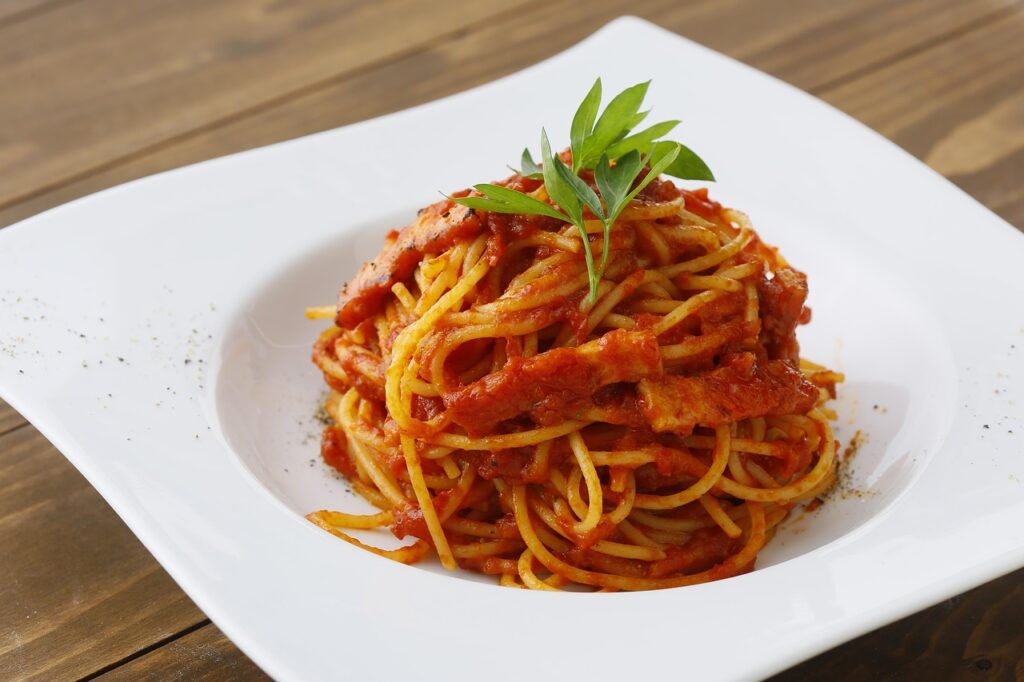
Pasta seems like a safe bet, but a basic pasta dressed with bottled sauce exposes a kitchen’s limits quickly. Chefs avoid ordering such dishes when the restaurant is not focused on fresh pasta or hand-made sauces. Commercial sauces often overpower with sugar or preservatives, and overcooked dried pasta turns mushy. A proper pasta plate relies on timing, an emulsion of sauce and starchy pasta water, and fresh finishing herbs or cheese. Skip the convenience versions unless you know the kitchen makes its own sauce.
